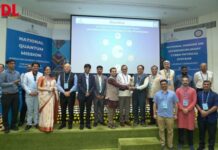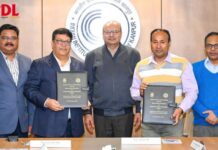Diverse range of assistive technologies has the potential of bridging the gap and bringing down barriers- which were earlier seen as inevitable for the differently abled population. We explore the world of assistive technologies and find out what it has to offer to the population with special needs
By Sheena Joseph
With the passage of the Right to Education Act, India has taken a historic step in providing education to all its citizens. However, within this population also include Persons with Disabilities (PWDs). Increasingly, there has been a growing concern for the rights of the disabled, which has till now surpassed the attention of policy makers in India. According to the estimates of the World Health Organisation, 70% of the world's disabled reside in developing countries. The millennium development goals have given high priority to universalisation of primary education by 2015 and also reiterates its commitment towards the provision of an inclusive society with equal opportunities for the disabled.
|
Guiding Principles of the UN Convention on the Rights for Persons with Disabilities There are eight guiding principles that underlie the Convention and each one of its specific articles:
|
However, major efforts still have to made in India for the promotion of education for the disabled. It is estimated that only two per cent of the 70 million disabled persons have proper access to education in India. Children with special needs are excluded from mainstream schooling because of a variety of reasons. This May include lack of proper awareness about the needs of the disabled, absence of relevant infrastructure and dearth of training for teachers. Advancements in technology have brought in several means through which education of children with disabilities can be promoted. These have included assistive technologies, diverse learning platforms, ubiquitous web, digital libraries and resources. It becomes mandatory therefore that stakeholders in the education sector are fully equipped to harness the power of technologies in this field.
























